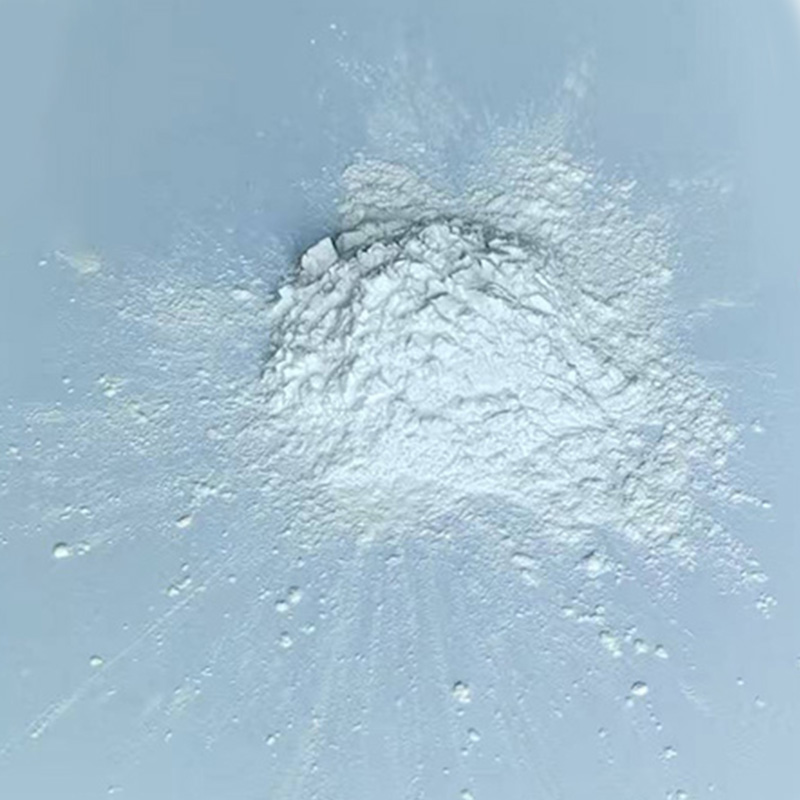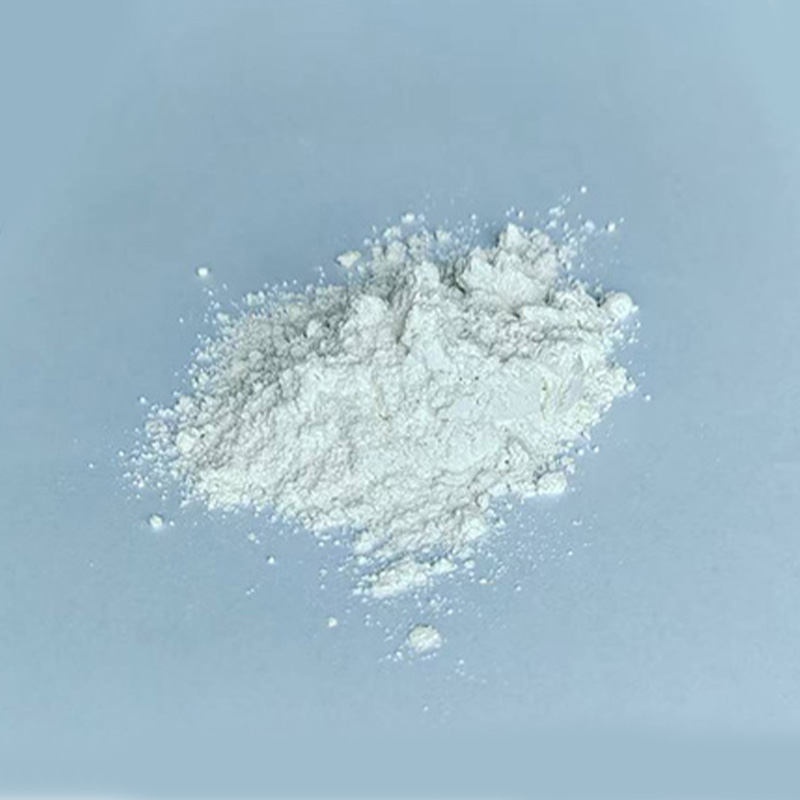How does the crystal structure of silica affect its physical properties as an abrasive?
Release Time : 2025-10-27
Silica's crystal structure decisively influences its physical properties as an abrasive. This influence stems from its atomic arrangement, bonding characteristics, and spatial network structure. Silica exists in various crystal forms, with the most common being the low-temperature form, represented by quartz. Its crystal structure consists of silicon-oxygen tetrahedra (SiO₄) connected by shared oxygen atoms into a three-dimensional network. Each silicon atom is located at the center of a tetrahedron and covalently bonded to four oxygen atoms, forming a highly symmetrical and stable structure. This structure gives silica its high hardness, high melting point, and excellent chemical stability, making it an ideal abrasive material.
During the grinding process, silica's crystal structure directly influences its interaction with the workpiece. The rigid arrangement of the silicon-oxygen tetrahedra gives silica a high elastic modulus and compressive strength. When the abrasive grain contacts the workpiece surface, its structure effectively resists deformation, transferring pressure to the workpiece and promoting material removal. At the same time, the covalent bonds within the three-dimensional network structure have high bond energies, requiring significant energy to break. This causes silica to undergo microfracture during grinding rather than plastic deformation, resulting in a sharp grinding edge and enhanced cutting performance.
Silica's crystal structure also influences its tribological behavior during grinding. The anisotropy of quartz crystals results in differences in the friction coefficients of different crystal planes. For example, the sliding resistance along the direction of the silicon-oxygen tetrahedron chain (such as the c-axis) is lower than that along the perpendicular direction. This results in certain crystal planes being more prone to relative sliding with the workpiece during rotary grinding, reducing adhesion and grinding heat. Furthermore, defects in the crystal structure (such as dislocations and stacking faults) act as stress concentration points, preferentially breaking under the grinding force, forming new cutting edges, maintaining the self-sharpening properties of the abrasive and extending its service life.
As an abrasive, silica's crystal structure is crucial for controlling its particle size distribution and morphology. By manipulating crystallization conditions (such as temperature, pressure, and additives), the growth rate and connection pattern of the silicon-oxygen tetrahedrons can be adjusted, yielding silica particles with diverse morphologies. For example, rapid crystallization at high temperatures may form blocky particles, while slow growth at low temperatures tends to produce needle-shaped or flake-shaped particles. Needle-shaped particles are prone to embedding into the material during grinding, causing scratches; blocky particles are primarily broken by impact and are suitable for coarse grinding. The controllable crystal structure allows silica abrasives to be customized for different processing requirements (such as precision polishing and heavy-duty cutting).
Silica's crystal structure also influences its composite properties with auxiliary materials. In abrasive coatings or composite abrasives, the surface chemical properties of silica (determined by its crystal structure) influence its interactions with binders and lubricants. For example, amorphous silica (such as fumed silica) has a large number of silanol (Si-OH) groups on its surface, which can form hydrogen bonds with organic molecules and enhance coating adhesion. In contrast, crystalline silica has a more inert surface and requires surface modification (such as treatment with silane coupling agents) to improve composite properties. The correlation between crystal structure and surface properties provides a theoretical basis for optimizing abrasive performance.
From a wear mechanism perspective, silica's crystal structure determines its wear pattern. Under dry grinding conditions, crystalline silica, due to its high bond energy, primarily undergoes micro-fragmentation, forming fresh cutting edges on the abrasive grain surface. Amorphous silica, on the other hand, due to its disordered structure, is more susceptible to plastic deformation and adhesive wear. During wet grinding, water molecules may penetrate crystal defects, accelerating hydrolysis and softening the abrasive grain surface. However, crystalline silica, due to its high chemical stability, is less affected. This structure-dependent wear behavior results in varying durability of silica abrasives in different machining environments.
Silica's crystal structure comprehensively determines its physical properties as an abrasive by influencing hardness, frictional behavior, particle size morphology, composite properties, and wear mechanisms. Crystalline silica, such as quartz, exhibits high hardness and wear resistance due to its stable structure and high bond energy. Amorphous silica, however, due to its disordered structure, is suitable for precision machining requiring high surface quality. Understanding the relationship between crystal structure and abrasive properties provides scientific guidance for optimizing the design and application of silica abrasives.







